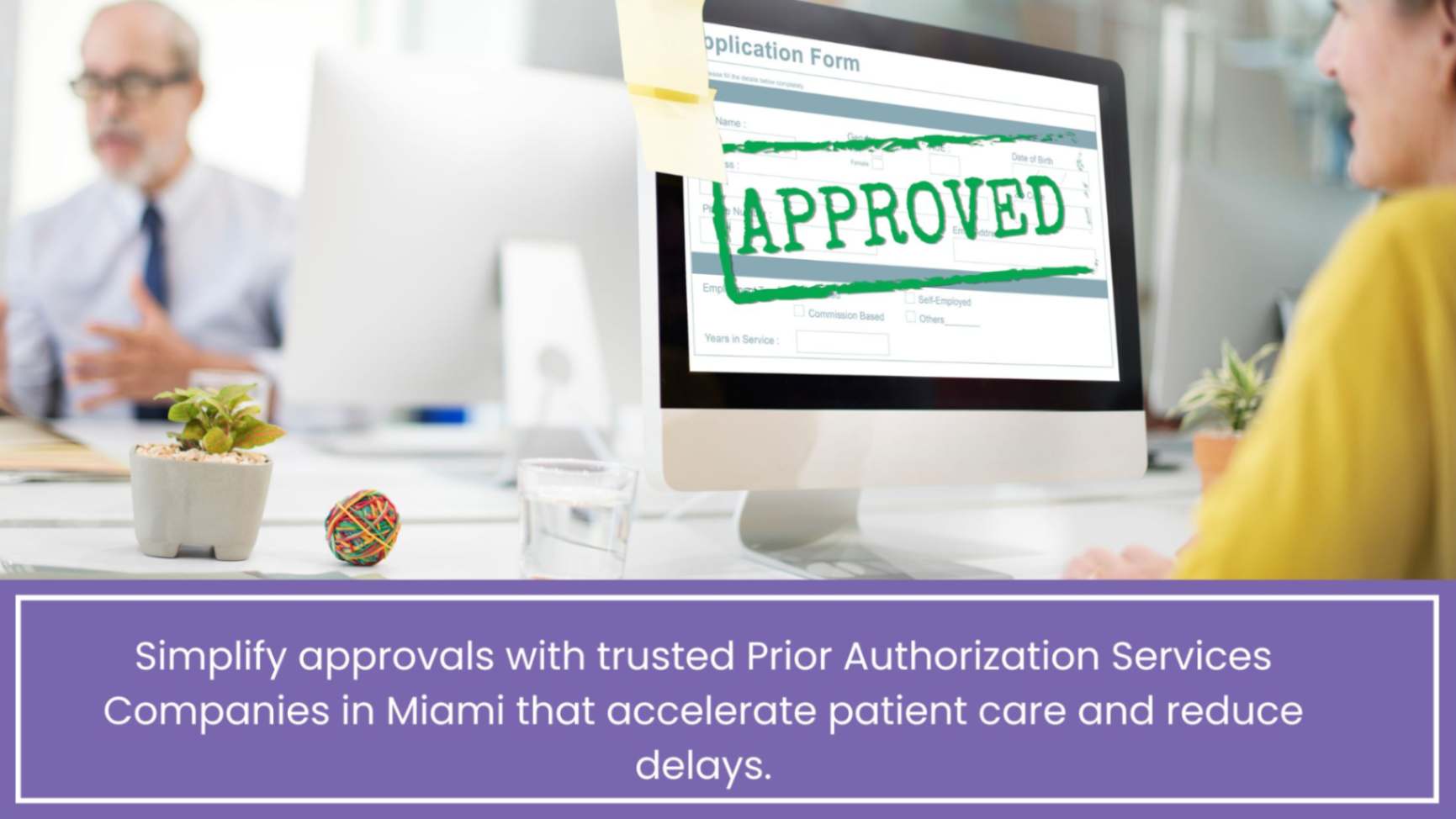15 things your practice must do to keep your patients happy
Taking care of patients and providing them with the best healthcare possible is most likely your main goal. As it should be. Putting patients first is how you can ensure patient satisfaction which then increases positive ratings and reviews of your practice, resulting in more patients. More patients also mean increased revenues that further help you serve the community and your patients. While the patient care aspect is one key way of maintaining a patient-centric medical practice, there are other things that need to be done to ensure that your practice is patient-centric. After all, you are working for your patients.
Table of Contents
Minimize Wait Times
Patients often complain about wait times when visiting their doctors and minimizing this is sure to improve your patients’ experience. Ensure proper scheduling protocols and let the patient know if you are backed up, that they can come in a few minutes later than their appointment.
Ensure patient safety
Waiting rooms are full of sick people who may be contagious and spread infections from one person to another. Participate in regular disinfecting of your practice so your patients feel safe in your service. Having safety protocols in place helps ease the mind of your patients, especially in the COVID-19 pandemic.
Make waiting rooms comfortable
Scheduling protocols will avoid long waiting times, but your patients might need to wait a couple of minutes here and there. They also will need a place to sit and fill out the forms before they see you. It is important to make this waiting room as comfortable as possible, with comfortable chairs in enough numbers for your patients.
Show Interest in Patient throughout their visit
Paying attention to your patient while performing the physical examination alone is not enough. It is important to look out for them and give them your attention from the moment they enter your practice. You should train your front desk staff to communicate and exchange pleasantries when the patient enters, followed by well wishes and reviews on the way out.
ALSO READ – 12 Things a Practice Must do to Maximize Reimbursements
Communication is key
You and your staff should try to communicate with the patient and the caregiver of the patient. Referring to them by their name, asking them how their day was, followed by questions about their concerns and complaints can go a long way in building rapport with the patient and their family. The trust built by simply communicating and showing interest in them is how you get loyal patients.
Make your patients and their loved ones comfortable
When the patient enters your practice, they and their caregiver are most likely overwhelmed by their concerns and the hospital setting. Making them comfortable by having someone greet them, in an appropriate and empathetic manner, will help them relax and comply more during the visit. Patient comfort is crucial for the maintenance of a patient centric clinic.
Help your patient with the paperwork
Paperwork is another tricky thing that patients hate to do, mostly because many practices make patients fill the same paperwork over and over. It would help your practice if you had all the paperwork arranged for the patients, old and new, to fill out as soon as they enter. It would also be helpful if a member of your staff could help the patients and let them know what each question on the paper is asking for. The terminology used can be confusing and having to do it all by themselves can be quite overwhelming for the patient.
Show that you care
Patient centric practices put their patient’s needs first. Maintaining proper hygiene is important for prevention of infection but washing your hands in front of the patient along with other hygiene procedures calms the patient and makes them feel that you care about their health.
Help manage patient expectations
It is important to help your patients manage their expectations by letting them know what an appointment entails and how long the process is going to be. Moreover, letting the patient know if potential wait times, on the day of the appointment, may seem like a tiny gesture but your patients are going to be quite appreciative. Managing expectation and transparency of the procedure will also help calm the patient.
Be empathetic towards your patients
Patients might be overwhelmed by their concerns or diagnosis, and it may not be that serious but you have to explain everything in an empathetic tone. Being seen as condescending or rude by your patients prevents you from providing them the care you wish to provide and it can also be quite detrimental to your practice.
Your patient and the caregiver are both important
Conversations with patients should also include the caregiver when necessary. Ask for the patient’s consent to include the caregiver before including them in the discussion. Speak to both of them during the appointment and make them feel important and heard.
Give your patients a chance to ask questions
After the appointment, let them ask you questions. Instead of waiting for them to ask, prompt them to do so as they may be shy or not confident in the question.
Take patient reviews seriously
Once a patient leaves a review online or with your front staff about the appointment, it is important to implement the changes, if possible, to make your practice more patient centric.
Maintain eye contact and build trust
When your patient is explaining their concerns and complaints, instead of typing away on a computer, pay attention to the patient and maintain eye contact. This will make the patient feel heard and can help them connect with you.
Follow up is crucial
After the appointment is over, have your front desk staff walk the patient back to the entrance. During the walk, asking follow up questions about the appointment such as, how did it go and so on, further improves patient satisfaction. Having short surveys about the quality of the treatment makes the patient feel in control and gives you an opportunity to improve, based on the responses, when necessary.
ALSO READ – Top Benefits of Outsourcing the Medical Billing Process








